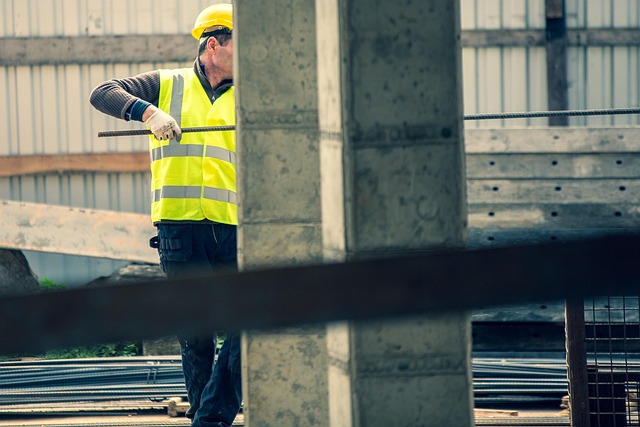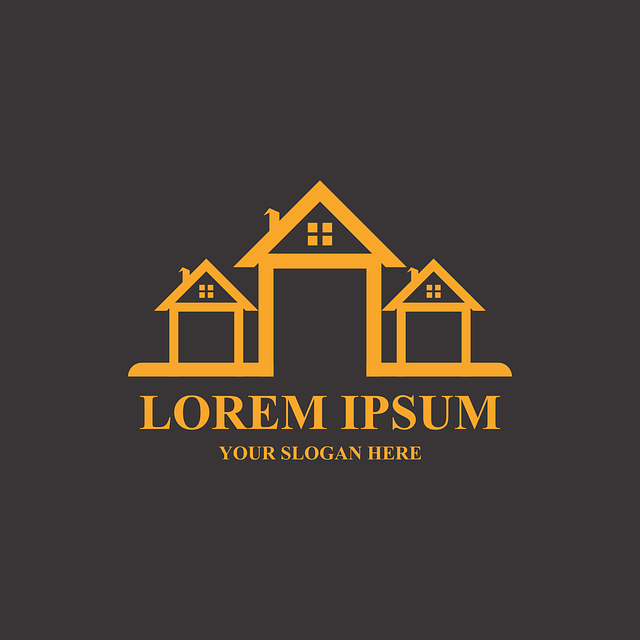Glue Laminated Beams (GLulams) are modern structural solutions made by gluing layers of wood veneers. They offer superior strength-to-weight ratios, enabling wider spans, reduced construction costs, and flexible interior designs in commercial buildings. Fire-resistant and moisture-resistant, GLulams ensure longevity. Advanced design software allows precise dimension determination for enhanced efficiency. Learn more about GLulam applications at unalam.com.
“Strengthen your structures with the power of glue laminated beams (GLBs). This innovative construction element is revolutionizing building stability. Our comprehensive guide explores what GLBs are and how they excel in enhancing structural integrity. From understanding their unique manufacturing process to uncovering their numerous advantages, this article delves into the key considerations for architects and engineers. Discover how GLBs can contribute to safer, sturdier buildings.”
- Understanding Glue Laminated Beams: A Comprehensive Guide
- Advantages of Using GLB for Building Stability
- Structural Design Considerations with Glue Laminated Beams
Understanding Glue Laminated Beams: A Comprehensive Guide

A Glue Laminated Beam (GLulam) is a modern engineering marvel designed to enhance building stability and structural integrity, particularly in long-span structures. This innovative construction element is created by gluing together multiple layers of wood veneers, typically from fast-growing softwoods, under high pressure. The result is a beam with exceptional strength-to-weight ratio, making it a popular choice for architects and engineers seeking sustainable and efficient structural solutions.
GLulam beams offer numerous advantages that make them suitable for various applications, including commercial buildings. Their high load-bearing capacity allows for wider spans without intermediate support, thereby reducing the number of walls, columns, and other structural elements needed. This not only minimizes construction costs but also provides more flexible interior spaces. Moreover, GLulam beams are resistant to fire and moisture, ensuring long-lasting performance. With the aid of advanced design software, engineers can accurately calculate the required dimensions and properties of glulam beams for specific projects, further enhancing their efficiency and reliability. To learn more about GLulam beams and their applications, visit us at unalam.com.
Advantages of Using GLB for Building Stability

Glue laminated beams (GLBs) offer significant advantages when it comes to enhancing building stability and structural integrity. These innovative structural components are created by gluing together multiple layers of wood, resulting in a strong and durable beam that can support substantial loads. One of the key benefits is their superior strength-to-weight ratio compared to traditional steel beams, making them an eco-friendly choice without compromising on performance.
GLBs provide enhanced fire resistance, which is crucial for safety and compliance with building codes. Their dense construction acts as a natural barrier against flame spread, often surpassing the fire resistance ratings of steel. Additionally, GLBs are highly versatile, allowing for complex design possibilities while ensuring structural stability. Visit us at 18 Clifton St, Unadilla, NY 13849 anytime to explore how glulam beams can be tailored to meet your specific construction needs and contribute to a robust and safe building structure.
Structural Design Considerations with Glue Laminated Beams

Glue laminated beams, also known as glulam beams, are a modern marvel in structural design. These innovative structures consist of several layers of wood lamina bonded together with powerful adhesives, creating a single component that combines both strength and stability. In terms of what are glulam beams used for, they offer exceptional performance in various applications, from commercial buildings to residential construction.
When considering the structural integrity of buildings, glue lamination plays a pivotal role in enhancing durability. The lamination process involves precise alignment and bonding of wood layers, ensuring uniform distribution of stress and significantly improving resistance against bending and shear forces. This advanced technique not only boosts the overall strength but also provides enhanced dimensional stability, making glulam beams a preferred choice for architects and engineers seeking robust structural solutions. Discover more about these cutting-edge materials at unalam.com.
Glue laminated beams (GLBs) offer a revolutionary approach to improving building stability, providing structural integrity and enhanced durability. By understanding the intricacies of GLBs, from their manufacturing process to their unique advantages, architects and engineers can make informed decisions to create robust and safe structures. These beams are not just an innovative solution; they are a game-changer in the realm of construction, ensuring buildings stand strong against the test of time. What is a glue laminated beam, in essence? It’s a powerful tool for navigating complex structural challenges, offering a seamless blend of strength, versatility, and cost-effectiveness.














